Madison Avenue: The advertising revolution
published on 04.11.22
In the 1960s, a group of young people on Madison Avenue in New York shook up the principles of the advertising industry, swapping technique for creativity and introducing a touch of boldness and irreverence to advertisements which hitherto had been based on repetition.


Back then, the advertising world was predominantly male and competitive, poisoned with macho attitudes, alcohol and smoking, while being viewed as a corrupt industry, full of kickbacks, deception and professional malpractice. But how accurate is all this? Well, it is not wrong, but it is important to stress that part of this bad image was associated with the type of advertisements that were being produced: boring, repetitive and disrespectful to the consumer. The aim was to sell at all costs, and this was pursued without originality or elegance from the epicenter, New York, which doubled its office space and was anointed capital of the world between 1950 and 1960.
RATIONAL MARKETING
One of advertising’s foremost representatives at that time was Rosser Reeves, who said that originality was “the most dangerous word in advertising”. He was the creator of the USP, Unique Selling Proposition; a marketing term that he made dogma and which he defined in no uncertain terms: “A proposition that promises a specific benefit to the customer and is communicated by the agency as if it were Chinese torture.” The best example is his ad for the Anacin brand, an analgesic to treat headaches. The repetitive message of the same spot ran for seven years on North American television. Sales of the product tripled during that time.
However, everything improved when Reeves’ brother-in-law, David Ogilvy, arrived on the scene. This Englishman transferred his style and elegance to the ads while also introducing the concept of respect for the target audience. The quote “the consumer is not an idiot: she is your wife” originated from him, and it was his idea to create characters to promote brands, such as the mysterious adventurer with the eye patch in Hathaway’s shirts and Schweppes’ iconic Tonic Man.
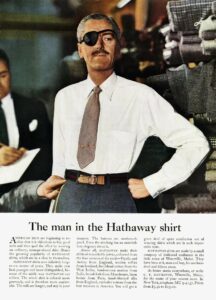
As an adman, Ogilvy was obsessed with detailed analysis of the data and results from advertising research. A man of method who developed techniques for all aspects of the ad creation process. To put his success in perspective, in 1963, Ogilvy, Benson & Mather had a turnover of $34 million and its founder’s name was recognized well beyond the advertising industry. But this obsession with method was also his Achilles’ heel and he was sidelined during the Creative Revolution, a movement driven by a new wave of young, daring and uncompromising advertisers who would tear apart the foundations of the era’s advertising industry.
THE ARRIVAL OF THE CREATIVE REVOLUTION
The driving force behind this revolution was then creative director Bill Bernbach, who as early as 1947 had penned a legendary letter to the executives at his agency (Grey) in which he articulated his fear of venerating technique over creativity and inspiration. The words were pure dynamite, signifying the destruction of practices and beliefs that were seen as inalienable. The letter, which over the years has gone on to become a manifesto for many creatives, did not have the desired effect at the time, so in June 1949, Bernbach created his own agency: Doyle Dane Bernbach (DDB). However, its first major ad would not come until 1959. The DDB team, which had already been joined by George Lois and Julian Koening, surprised everyone with “Think small” for the Volkswagen Beetle, at a time when Detroit’s production lines had started to manufacture even bigger cars. It is, without doubt, the most famous and widely renowned piece of advertising graphic design in the world – an icon of creativity.

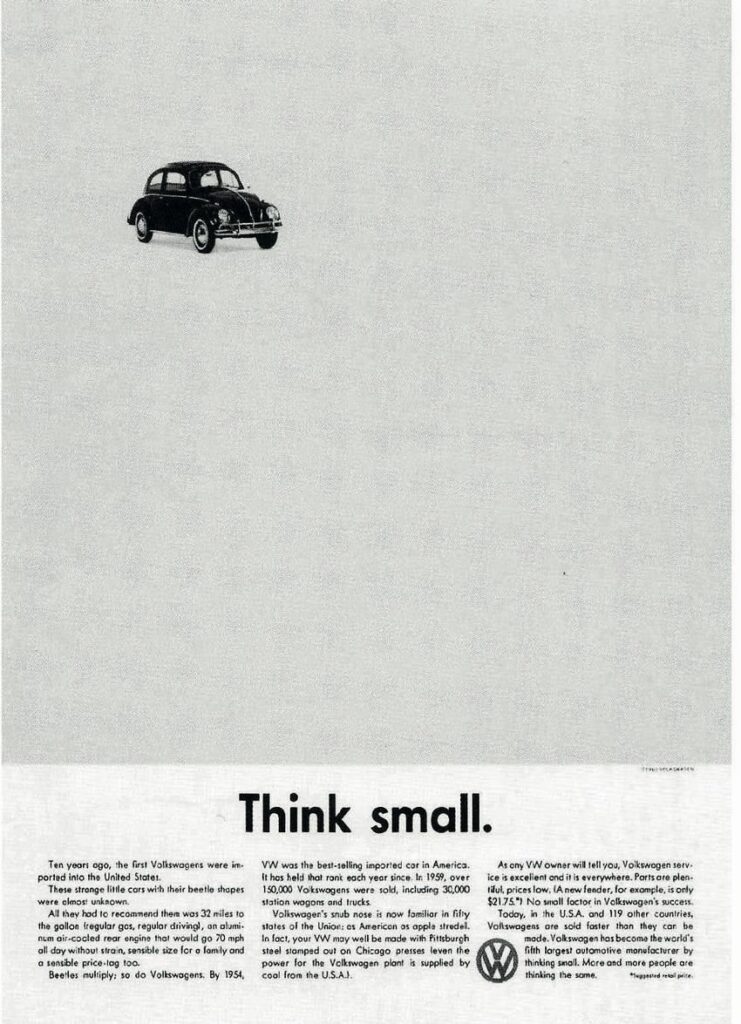
Shortly thereafter, on January 1, 1960, Lois and Koening would open their own agency: Papert Koening Lois (PKL). Their campaigns were fearless and innovative, and including one for Wolfschmidt vodka which personified the bottle as a man flirting with the ingredients needed to make a cocktail. The campaign, a far cry from the tuxedoed men who traditionally advertised such beverages, was quite remarkable. Furthermore, in 1962 PKL became the first advertising agency to be listed on Wall Street, a decision that initially displeased all the competition.
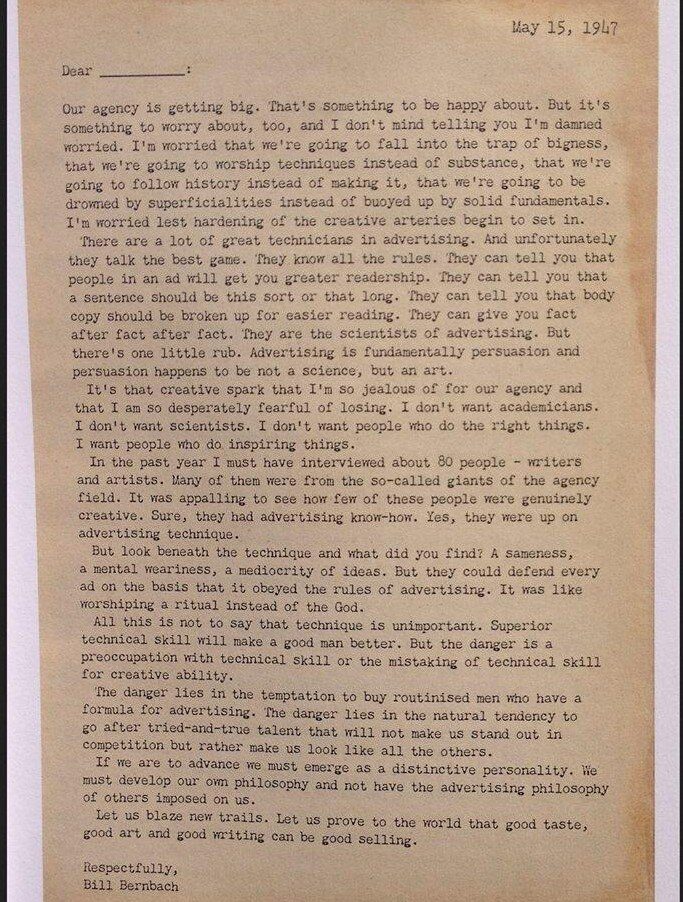

AVIS V. HERTZ
Creativity had become the lifeblood of the advertising industry. A prime example of this was that while DDB was selling Colombian Coffee through the fictitious Juan Valdez, it was able to create another astonishing campaign for Avis, which clearly stated that it was the second largest car rental company, behind Hertz. This audacity quickly translated into revenue for the brand, and in 1964, a year after the campaign was launched, the profits of Avis grew from $35 million to $44 million. In 1966, Hertz decided to retaliate by hiring Carl Ally’s agency. The Terrible Turk, as Ally liked to refer to himself, decided that Hertz had to explain why it was number one. The ensuing advertising battles were great; aggressive, but with a real sense of humor.
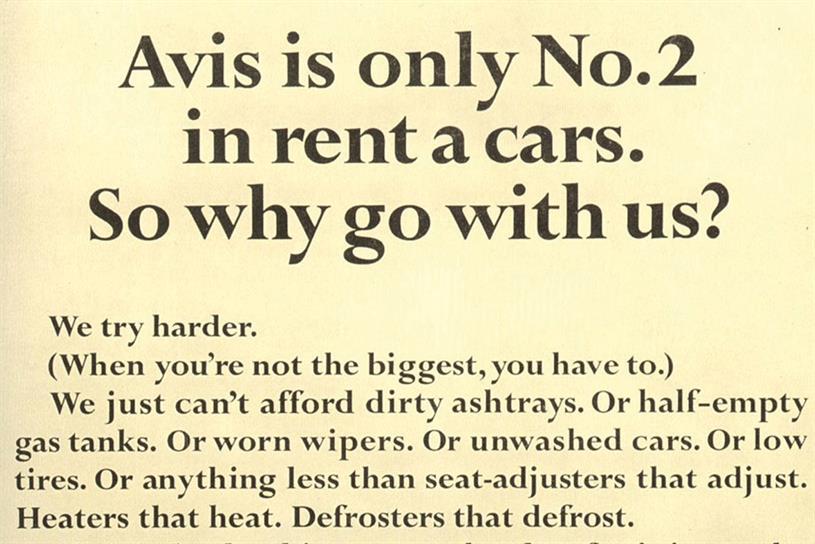

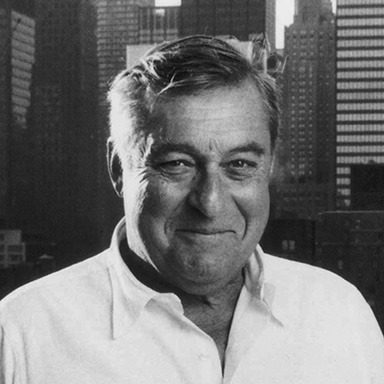
With regard to the latter figure, publicist Carl Ally, he had dozens of regrettable incidents to his name relating to the women at his agency. His macho and arrogant attitude was well-known to clients and competitors alike. During this period, women at the Madison Avenue agencies occupied mid- to low-level positions, working in the research, copywriting, secretarial and administrative departments. Beyond that, their presence was almost non-existent. The notable exception of the era was Mary Wells, who became a highly successful executive and by 1969 commanded a salary of $250,000 per annum, the highest in the industry among both men and women. One of her most memorable campaigns is the colorful “The end of the plain plane”, which revitalized the image of the Braniff International Airways brand. She was also a professional who opened the doors to many other women who wanted to pursue a career in advertising.
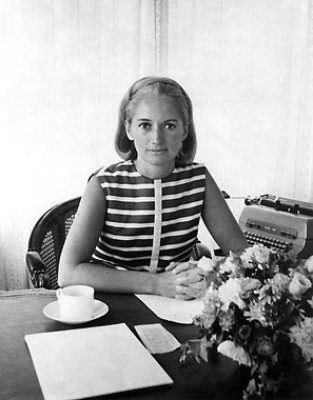

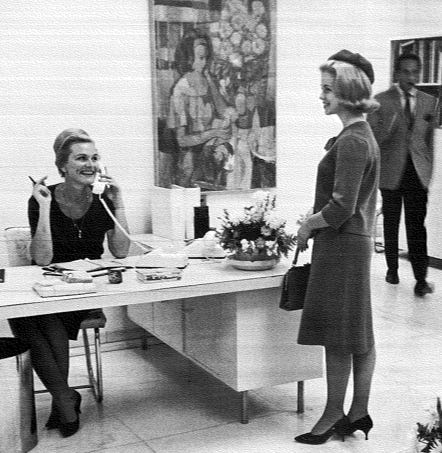
THE LEGACY OF THE CREATIVE REVOLUTION
Creativity had triumphed over the rationalist school. Even as far back as the 1960s, the gap between the new and the old had already widened to a gaping abyss. But despite some major agencies hiring bright young creatives, much in advertising went on as before; the old agencies and most clients disregarded the new approach and continued to besiege and insult the consumer’s intelligence through the new medium of television. It is true that, in terms of business, the exponents of the Creative Revolution took a small slice of the pie, but it is also the case that they shook up a dull industry that seemed set in its ways. They planted the seeds for a profession based on creativity and talent.
The 1960s on Madison Avenue was the so-called Golden Age of Advertising. A new pact was established with the consumer, one of a more respectful and agreeable relationship that the target audience appreciated and acknowledged. The new style of creativity put an end to material and social aspiration as a hook and replaced it with an appeal to wit and intelligence. Driving a Volkswagen or Volvo, vacationing in Jamaica, drinking Wolfschmidt or renting a car from Avis no longer made you seem richer or more socially successful, it made you look smarter.
The campaigns were an unstoppable force, and Bernbach also empowered creative people. Before his arrival, almost without exception, the members of the creative department (including creative directors) were sad, agitated people who were powerless against the whim of the account, while being exclusively male at the time. Bernbach rallied them together and turned them into the driving force of the agency. Vibrant, committed, intelligent and supremely talented, they seized the moment and blazed a trail littered with utterly fresh and original campaigns. It was inventive and honest work put together by a series of radical new agencies that were, for the first time in history, being run in a different way. And for years they have been the beacon to which we must look.
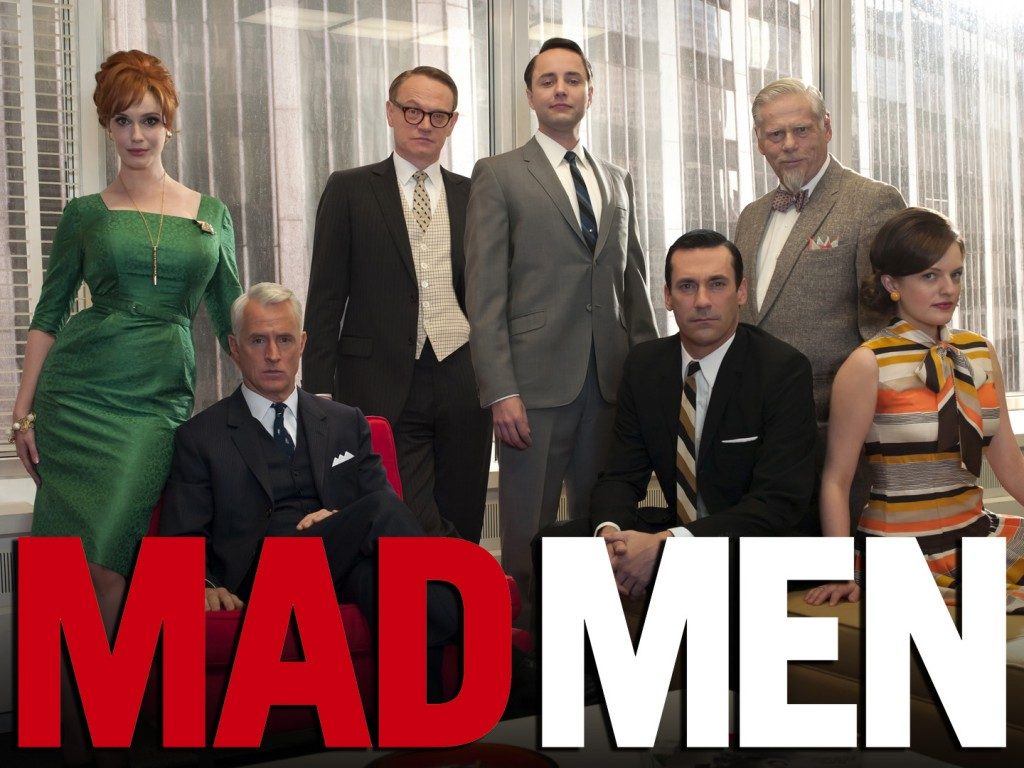
Incidentally, if you like television series, a few years ago one was produced about this historic era, Mad Men, and many critics hailed it as being among the best ever. It follows the explosion of the American advertising industry in the 1960s through the fictitious advertising agency Sterling Cooper and its creative director, Don Draper. But don’t worry, we won’t drop any spoilers. What we can say, however, is that the real mad men did not see themselves as such. In fact, no one called them that.
Author: Joan Margarit, Marketing and Communication Analyst
Learn more about our MSc Marketing Management here:
